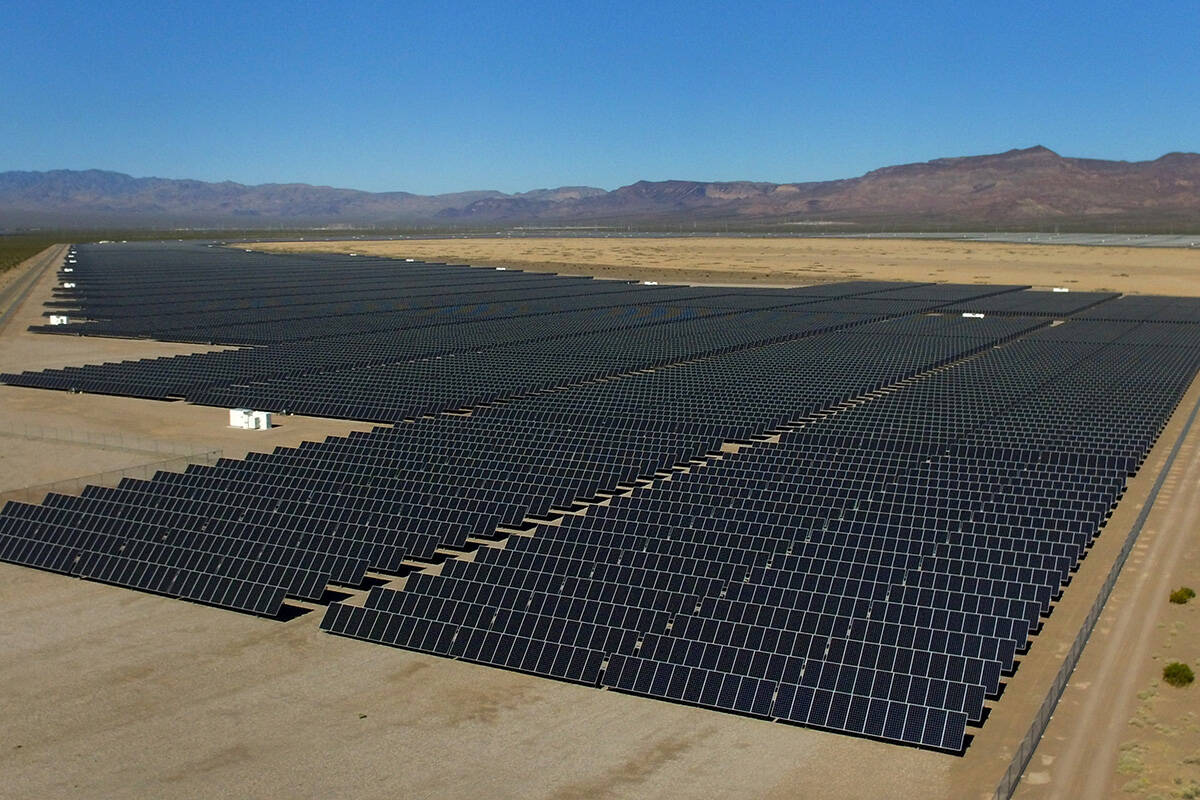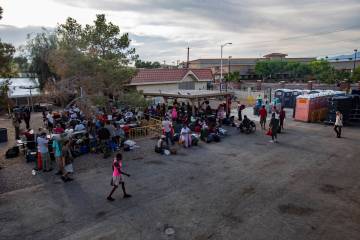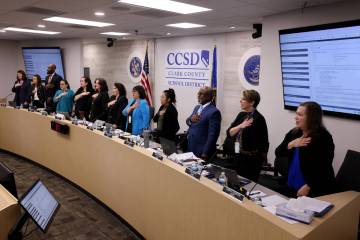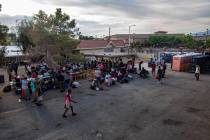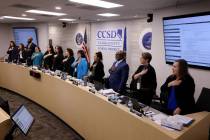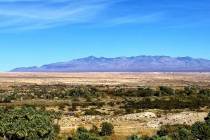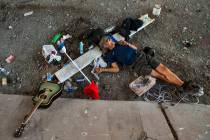EDITORIAL: Green energy leaves Golden State facing blackouts
A state running out of electricity used to be a once-in-a-generation political crisis. In California, it’s now a regular occurrence thanks to the state’s fealty to pie-in-the-sky green energy rhetoric.
California officials recently projected the state’s energy needs for this summer, and the news isn’t good. The analysis concludes the state will experience significant power shortages. During peak usage, the shortfall will be equivalent to the electricity used by 1.3 million homes. In a worst-case scenario, the deficit could be equivalent to the power used by 3.75 million homes.
To avert blackouts, officials hope to be able to purchase power from other states. That may work, although it’s likely to be expensive. Officials expect power costs to jump 9 percent by 2025 due to a variety of factors. California already has some of the highest electricity prices in the country. But if other West Coast and Southwest states are experiencing a heat wave, there may not be enough surplus power on the market.
That can lead to rolling blackouts. That’s not just a theoretical concern. In 2020, more than 800,000 California homes and businesses lost power during an August heat wave.
The state’s other strategy is to continue ignoring viable energy sources in favor of begging residents not to use power. Last summer, the California Independent System Operator issued a “flex alert” asking consumers to cut back on power usage from 5 to 10 p.m. NV Energy made similar requests in Nevada last year.
That’s unlikely to be successful when the mercury hits triple digits in Southern Nevada.
The predicament is self-inflicted. In an effort to go green, California has been shutting down power sources for years. But renewables are not anywhere near ready to carry the load. Arbitrary green energy mandates with no basis in reality make the problem only worse.
Nevada and California have an abundance of solar energy, but the sun sets each day. California’s peak summer energy usage happens around 6 p.m. and stays elevated well into the evening. Peak usage in Southwest states, such as Nevada, happens a bit earlier, but follows the same pattern.
Building more solar plants isn’t going to solve this problem. Perhaps that realization is finally starting to set in. Gov. Gavin Newsom recently said he’s open to keeping his state’s last nuclear power plant open past 2025, when it was expected to shut down.
California requires 60 percent of energy come from renewable sources by 2030. Nevada mandates 50 percent by 2030. With current technology, those targets are wholly unrealistic. Third World-type blackouts are the price consumers pay when policymakers elevate green idealism above actually ensuring the lights stay on.



